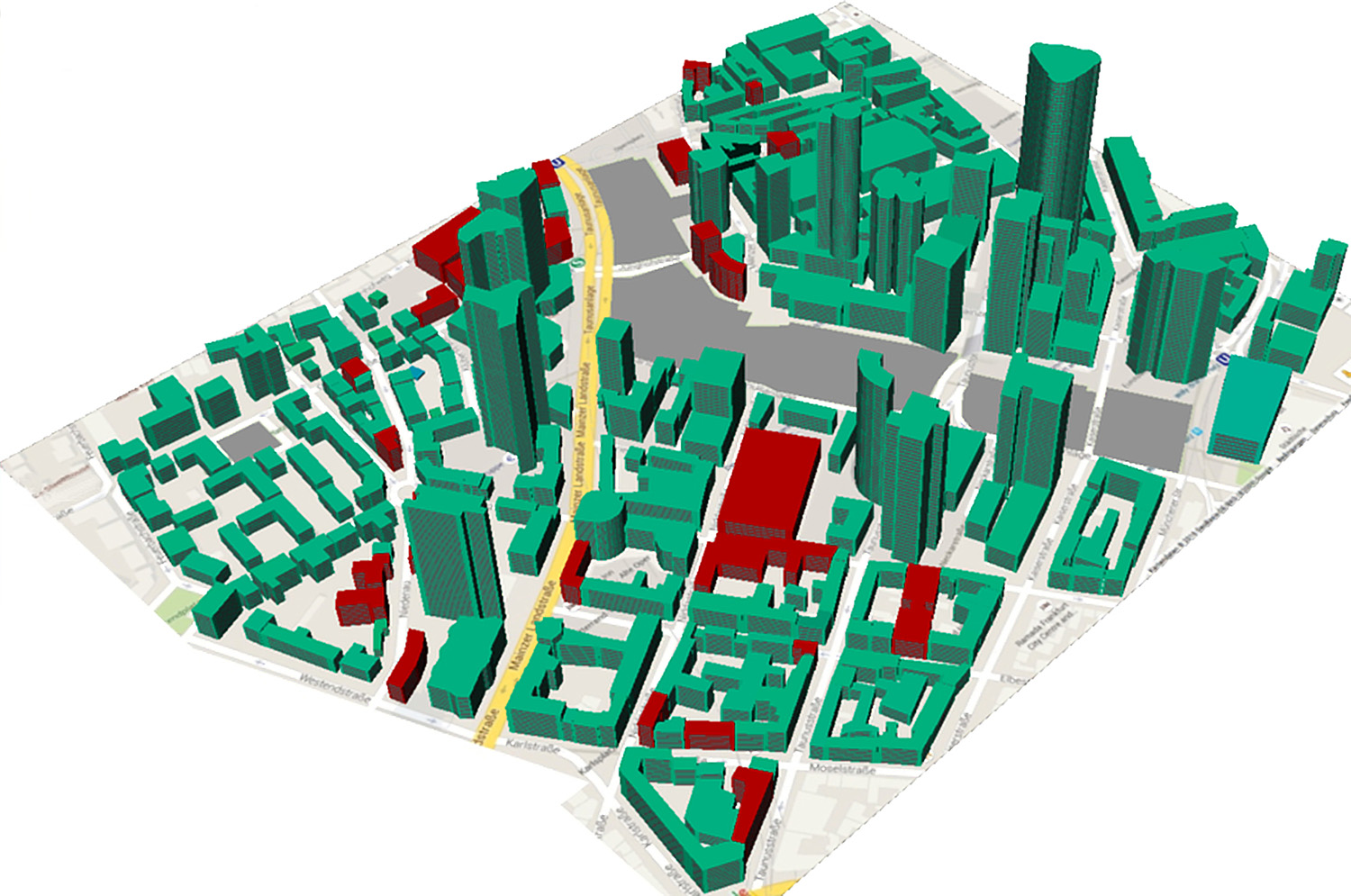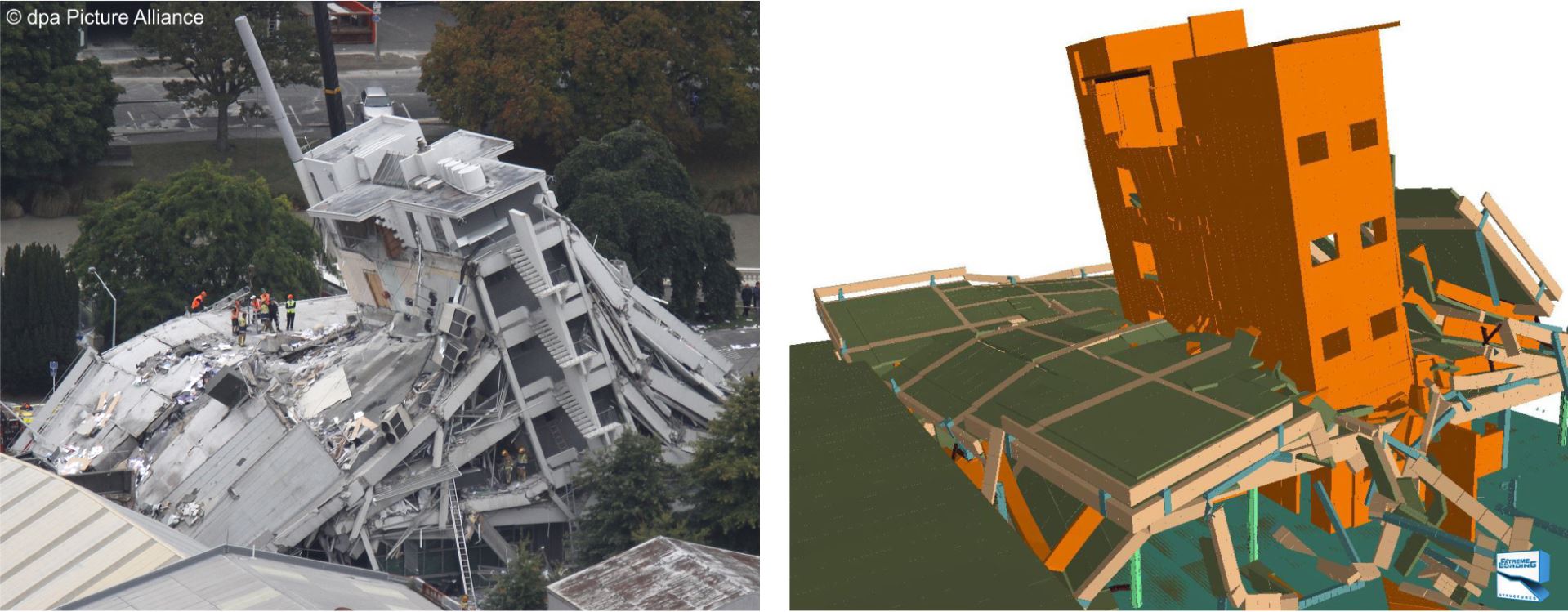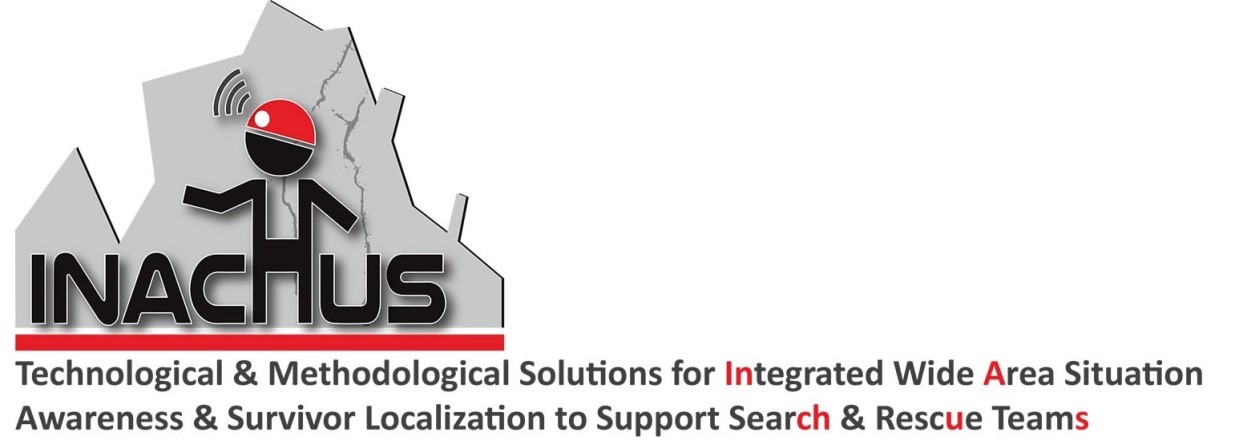INACHUS - Support of emergency forces in the case of earthquakes

Earthquake events can quickly result in chaotic and unclear situations as well as adverse working conditions for search and rescue teams, as became apparent for example after the earthquake of L’Aquila in 2009. It is imperative to make instant decisions in order to localize potentially trapped individuals.
In the framework of the EU project I NACHUS (Technological and Methodological Solutions for Integrated Wide Area Situation Awareness and Survivor Localization to Support Search and Rescue Teams), a consortium of 20 partners has elaborated a concept that provides search and rescue crews with assistive technology for an improved wide-area situation awareness. The solutions increase the reaction speed regarding the detection and rescue of trapped victims using new sensors, simulation methods, and new possibilities of situation assessment. As the leader of one Work Package, Fraunhofer EMI has made an important contribution to the simulations. On two different scales, entire city quarters or single buildings were evaluated, and the following questions were answered:
- City quarter analysis: How does the rescue mission have to be prioritized?
- Building analysis: Where are cavities in collapsed buildings?
For the evaluation of entire city quarters, the software VITRUV (Vulnerability Identification Tools for Resilience Enhancements of Urban Environments) was improved and used to efficiently characterize potential damage resulting from earthquake events. For this means, a functional correlation between seismic activity and expected structural damage was elaborated. The European macroseismic scale, use of real-time data, and semi-empirical models on magnitude and epicenter allow the assessment of soil acceleration at random positions in urban areas. In the next step, the expected damage can be assessed with an engineering model. This method was applied for a variety of different types of construction in order to evaluate an urban area. Furthermore, a method was developed that allows estimating the number of individuals present in a building depending on the use of the building, day of the week, and time of day. For example, more people will be inside residential buildings than in school or office buildings on a Sunday morning. This information can be combined with the predicted damage in order to identify vulnerabilities and to provide decision support for prioritization during a rescue mission.

